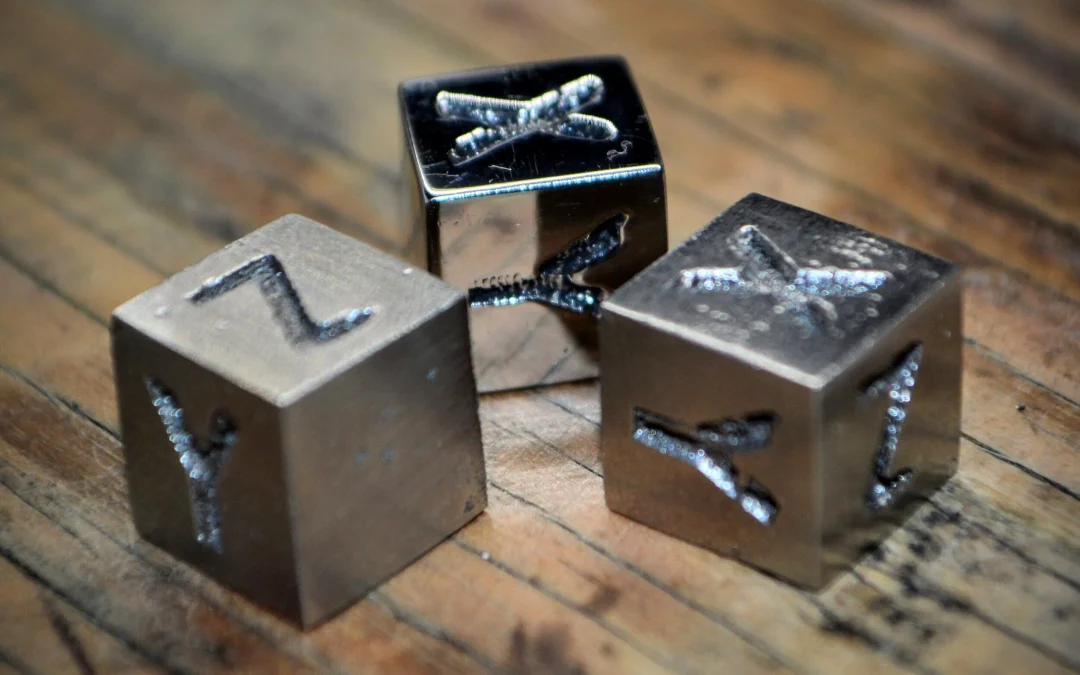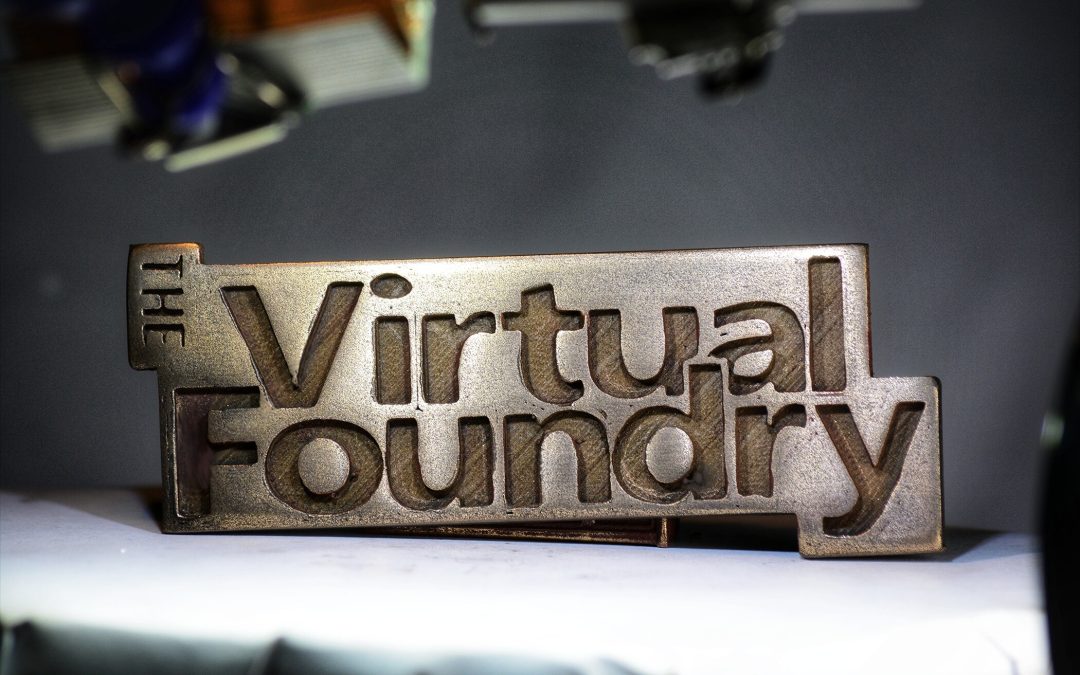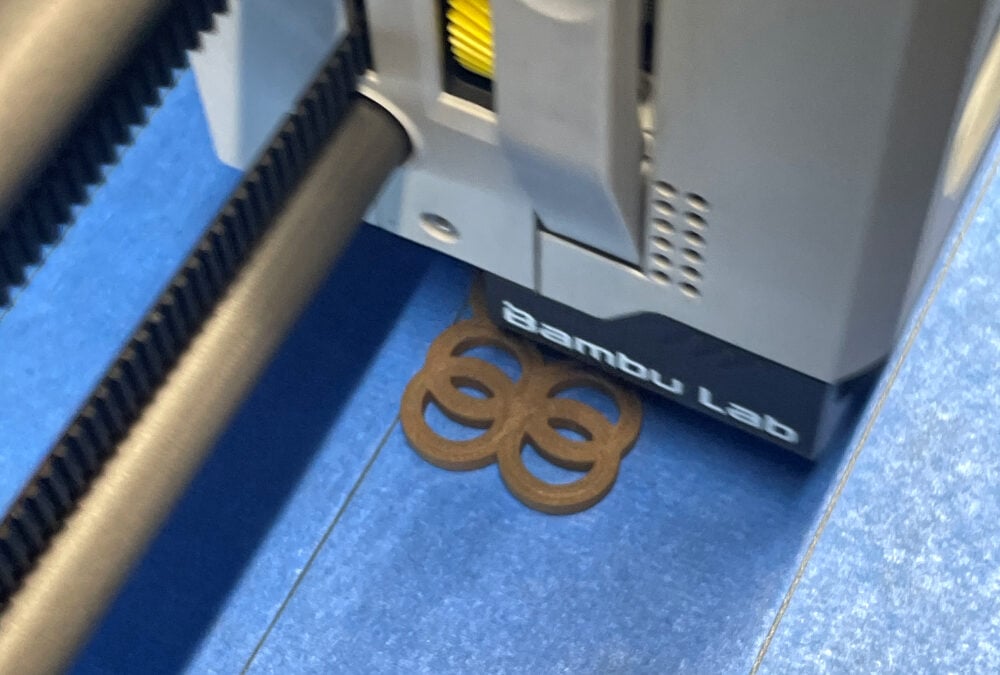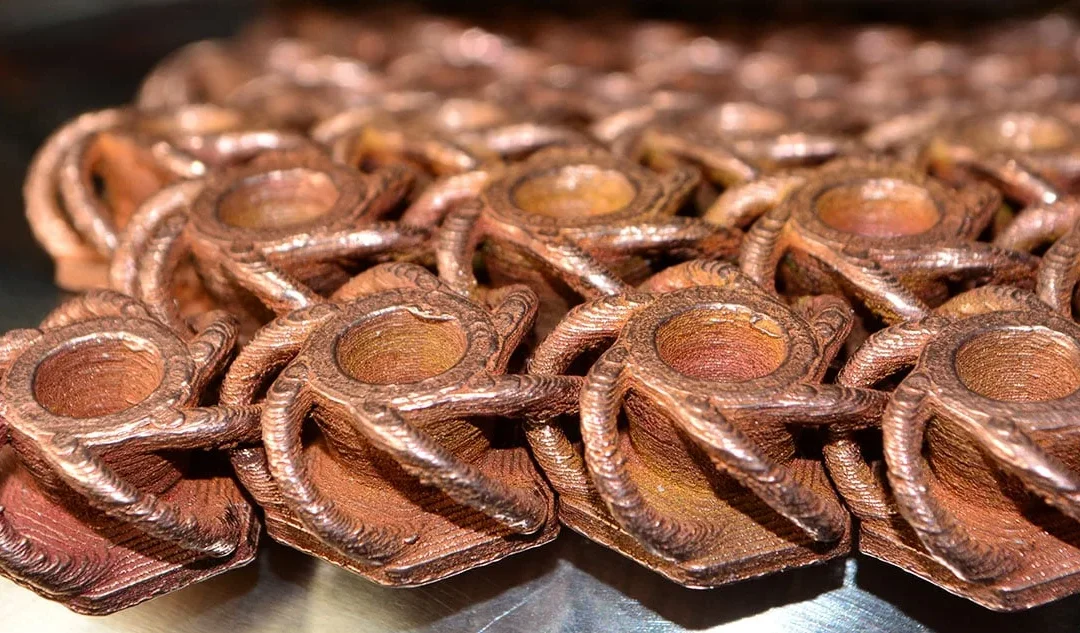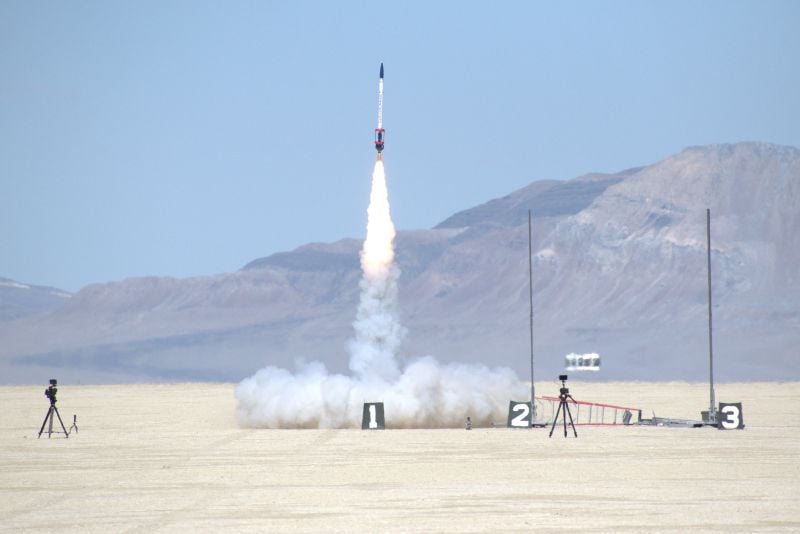Benefits of Metal 3D Printing for Small Businesses
Metal 3D printing offers small businesses a unique opportunity to streamline production processes and reduce costs. By leveraging technologies like Filamet, companies can produce high-quality metal parts on-demand, eliminating the need for expensive tooling and long lead times traditionally associated with metal fabrication.
For instance, small manufacturers can create prototypes and custom parts tailored to specific project requirements without the financial burden of large-scale production. This flexibility not only enhances innovation but also allows businesses to respond quickly to market demands, ultimately fostering growth and competitiveness in their respective industries.
Case Studies: Successful Implementations of Filamet Technology
Several organizations have successfully integrated Filamet technology into their operations, showcasing its versatility and effectiveness in metal 3D printing. These case studies illustrate how various sectors, from aerospace to automotive, have benefited from adopting this innovative approach.
For example, a leading aerospace company utilized Filamet to produce lightweight, complex components that improved fuel efficiency in their aircraft. By replacing traditional manufacturing methods with Filamet, they achieved significant cost reductions and enhanced design capabilities, demonstrating the transformative potential of metal 3D printing technology.
Comparative Analysis of Metal 3D Printing Techniques
Understanding the various metal 3D printing techniques available is crucial for businesses looking to adopt this technology. Techniques such as Direct Metal Laser Sintering (DMLS) and Filament-Based Fused Filament Fabrication (FFF) each have unique advantages and applications, making them suitable for different projects.
For instance, while DMLS is ideal for producing highly intricate parts with superior mechanical properties, FFF with Filamet is more accessible and cost-effective for small-scale production and prototyping. This comparative analysis helps users make informed decisions based on their specific needs and budget constraints.
Future Trends in Metal 3D Printing
The future of metal 3D printing is poised for significant advancements, driven by ongoing research and technological innovations. As materials science evolves, new metal alloys and composites are emerging, expanding the possibilities for 3D printing applications across various industries.
Additionally, the integration of artificial intelligence and machine learning into the 3D printing process is expected to enhance efficiency and precision, leading to smarter manufacturing solutions. Keeping abreast of these trends will be essential for businesses looking to remain competitive in the rapidly changing landscape of metal 3D printing.



